 A challenging customer asks for more information. There’s a new competitor, a new benefit, or new technology to research before he/she makes their decision.
A challenging customer asks for more information. There’s a new competitor, a new benefit, or new technology to research before he/she makes their decision.
How do you overcome Customer Indecision, and limit exploration?
Limit Exploration
Former chairman of the Joint Chiefs of Staff and US secretary of state Colin Powell formulated the P = 40 to 70 rule. Powell believed making decisions with less than 40 percent of the information is guessing, and waiting until you have more than 70 percent is delaying.
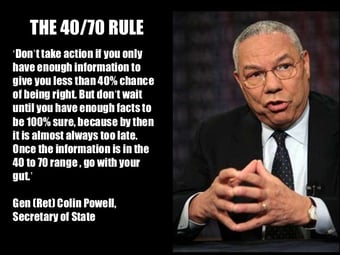 Customers violate this Rule all the time. Excessive requests asking for additional demos, multiple reference calls, and proposals are signs your customer is seeking certainty before deciding.
Customers violate this Rule all the time. Excessive requests asking for additional demos, multiple reference calls, and proposals are signs your customer is seeking certainty before deciding.
At some point, the customer has enough information to make an informed decision. The question is do they realize this?
The Jolt Effect analysis of sales conversations reveals three skills high performers use to limit exploration:
- Own the flow of information,
- Anticipate needs and objections,
- Practice radical candor.
Own the Flow of Information
Top sellers rely less on subject matter experts than average performers.
High performers want their customers to see them as the source of information and the subject matter expert.
“If you can’t speak credibly about the product and need somebody to help you do it, you’re not providing a lot of value to me as a customer and I’m not going to look to spend time with you.”
When high performers do bring in experts, they allow experts to speak less than similar calls run by average performers.
One top performer shared, “we always have a prep call during which I tell them exactly where in the conversation I want them to jump in…. answer a question or provide their perspective, and then hand the reins back to me. That way, the customer sees me as the person who was able to find the resource to answer their questions, not the person who was over her head and needed to hand the discussion to somebody else.”
Anticipate Needs and Objections
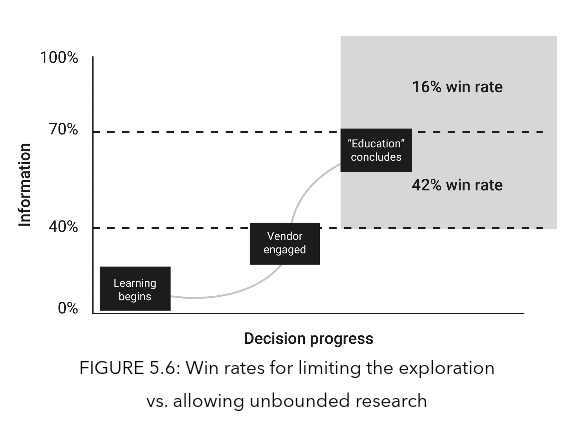 The Jolt Effect analysis found 69 percent of sales calls contain some form of customer-stated objection.
The Jolt Effect analysis found 69 percent of sales calls contain some form of customer-stated objection.
Objections come up later in complex sales processes as customer indecision creeps in and customers weigh the magnitude of signing the contract.
Many explicit objections go uncontested reducing conversion rates. The average win rate for sales interactions in The Jolt Effect study was 26 percent.
High performers hunt for signs of “implicit non-acceptance” This is a change in tone or a slight pause revealing the customer isn’t buying into it.
High performers saw a 40 percent win rate, well above the average—when high performers preemptively offered a rebuttal. Picking up these subtle cues requires exceptional active listening skills and a trained ear. It also requires a level of comfort with tension most sellers lack.
High performers show no fear to open Pandora’s box to their customers, they’re unafraid to probe when they sense customer hesitation. An unstated objection hinders the sale as much as a stated one.
Practice Radical Candor
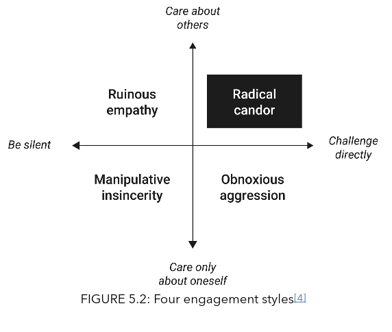 Former Apple and Google executive Kim Scott coined the term “Radical Candor”, identifying four engagement styles a manager can use with their employees.
Former Apple and Google executive Kim Scott coined the term “Radical Candor”, identifying four engagement styles a manager can use with their employees.
The Jolt Effect applies this same framework to interactions between reps and their customers.
This blog explores how High Performers use radical candor.
High performers practice radical candor by not being afraid to tell customers they’re headed in the wrong direction. High performers discover what’s driving the customer’s request, focusing on what’s best for their customers. They recognize implicit objections, or uncertainty driving these requests. These requests are delay tactics.
Radical candor is deeply rooted in empathy for the customer’s best interests. The guiding principle here: avoid unproductive and frustrating exploration.
High Performers Sound Different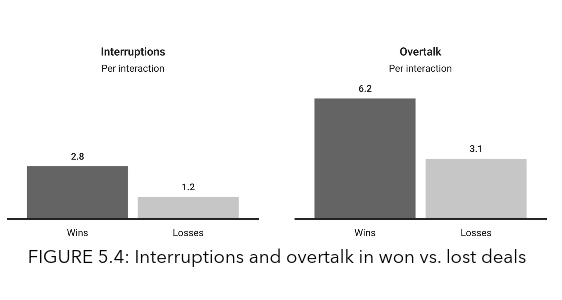
Calls with top sellers sound different.
Average performers tend to defer to the customer, saving product and market insights for when customers ask questions.
High performers are more assertive. They demonstrate their expertise.
Average sellers wait to speak until spoken to, high performers proactively find ways to share their experience and knowledge with the customer.
Contrary to popular belief, high performers do more talking than their customers. 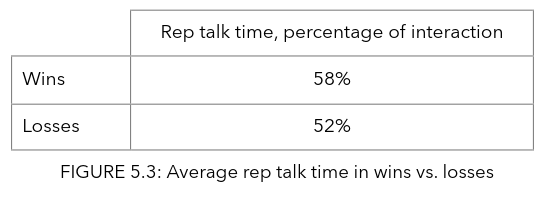 High performers interrupt the customer and talk over them when they feel it is important to get the conversation back on track.
High performers interrupt the customer and talk over them when they feel it is important to get the conversation back on track.
Listening is important in sales, but to close a deal, engagement is more important.
Indecisive customers need an active, engaged conversation with a salesperson to get them over the hump.
To create an environment where everyone is inspired to give their best, contact Positioning Systems today to schedule a free exploratory meeting.
Growth demands Strategic Discipline.
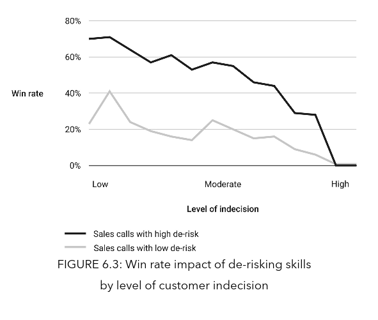 Buyer indecision is often fear of not capturing the benefits expected from purchasing. Leaders don’t get fired for omission as often as commission mistakes. Removing buyer indecision includes taking risk off the table. We will share how next blog.
Buyer indecision is often fear of not capturing the benefits expected from purchasing. Leaders don’t get fired for omission as often as commission mistakes. Removing buyer indecision includes taking risk off the table. We will share how next blog.
Building an enduring great organization requires disciplined people, disciplined thought, disciplined action, superior results, producing a distinctive impact on the world.
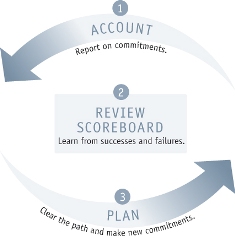 Discipline sustains momentum, over a long period of time, laying the foundations for lasting endurance.
Discipline sustains momentum, over a long period of time, laying the foundations for lasting endurance.
A winning habit starts with 3 Strategic Disciplines: Priority, Metrics, and Meeting Rhythms. Forecasting, accountability, individual, and team performance improve dramatically.
Meeting Rhythms achieve a disciplined focus on performance metrics to drive growth.
Let Positioning Systems help your business achieve these outcomes on the Four most Important Decisions your business faces:
|
DECISION |
RESULT/OUTCOME |
|
PEOPLE |
|
|
STRATEGY |
|
|
EXECUTION |
|
|
CASH |
|
Positioning Systems helps mid-sized ($5M - $500M+) businesses Scale-UP. We align your business to focus on Your One Thing! Contact dwick@positioningsystems.com to Scale Up your business! Take our Four Decisions Needs Assessment to discover how your business measures against other Scaled Up companies. We’ll contact you.
NEXT BLOG – The Jolt Effect - Take risk off the table






.jpeg?width=150&height=135&name=Hand%20with%20marker%20writing%20the%20question%20Whats%20Next_%20(1).jpeg)

